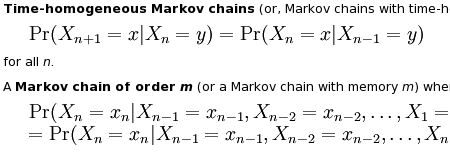I have this side theory that increased speeds of development are parts of what defines a new era in technology (you can read more about my theory on eras of technology in “What Did You Change Your Mind About in 2007?“).
There were days, when to program a computer you actually had to build it first. That was pretty slow, I guess. Gates, bulbs, and semi-conductors do sound exotic, but something tells me it’s not as much fun as doing software. I maybe wrong, but that’s what I think. Firmware, assembler, and even C programming – these all I am only vaguely familiar with. I joined technology full time when application development was on the rise (think: Visual Basic and Delphi). Mostly that was commercial application development too.
A tiny bit later, Open Source era was kicking in. One of the things that amazed many people at the time was how fast software development was happening. People who haven’t even ever met in person were writing thousands upon thousands of lines of code, communicating over the Internet. Their code was beautiful. It was fast. And sometimes even documented. And anyone could get it, use it, read it, and modify it. That was really exciting.
The web came and stayed. Did it bring increased speeds of development? It sure did. Teams got smaller, often comprising of just two people – one developer and one designer – or even less. Web sites were emerging every single day, not week or month. And the whole development seemed so much simpler – all applications are client-server from now on, every computer has the client part already, strong preference of interpreted languages over compiled ones, etc.
Web development has its share of issues, but it makes development of complete applications in matters of days. Don’t believe me? Check out this article for example – “Building Web Apps Really Fast: Why Developers are Drawn to Weekend Code-a-thons”
What is it about a weekend that makes you want to create a web application from start to finish? Most people would probably think it insane to try cramming design, development, testing, and deployment of a web app into a single weekend, but a growing number of events are encouraging people to do just that.
Coming back to my side theory of increased development speeds in each era of technology, I wonder how that will stand for mobile computing. It seems doubtful that development can get any faster than a couple of days. So, maybe I am missing something in my theory, or maybe I haven’t defined it properly.
One suspicion that I have is about the absolute time measurement that I use now vs. relative time to deployment scale that could have been used instead. Consider a couple of days for development of the web site today. It can be done and it has been done. But the web site has a rather limited scale (a maximum of a few million users) compared to a mobile devices market (a few billion users). So, maybe the development of applications for mobile devices won’t become any faster. Developers will still need a couple of days, or maybe even more. But. When they are done, they have the potential to hit a few billion users, not a few million. Like this, it might work, and the theory might still stand true.
What do you think?
